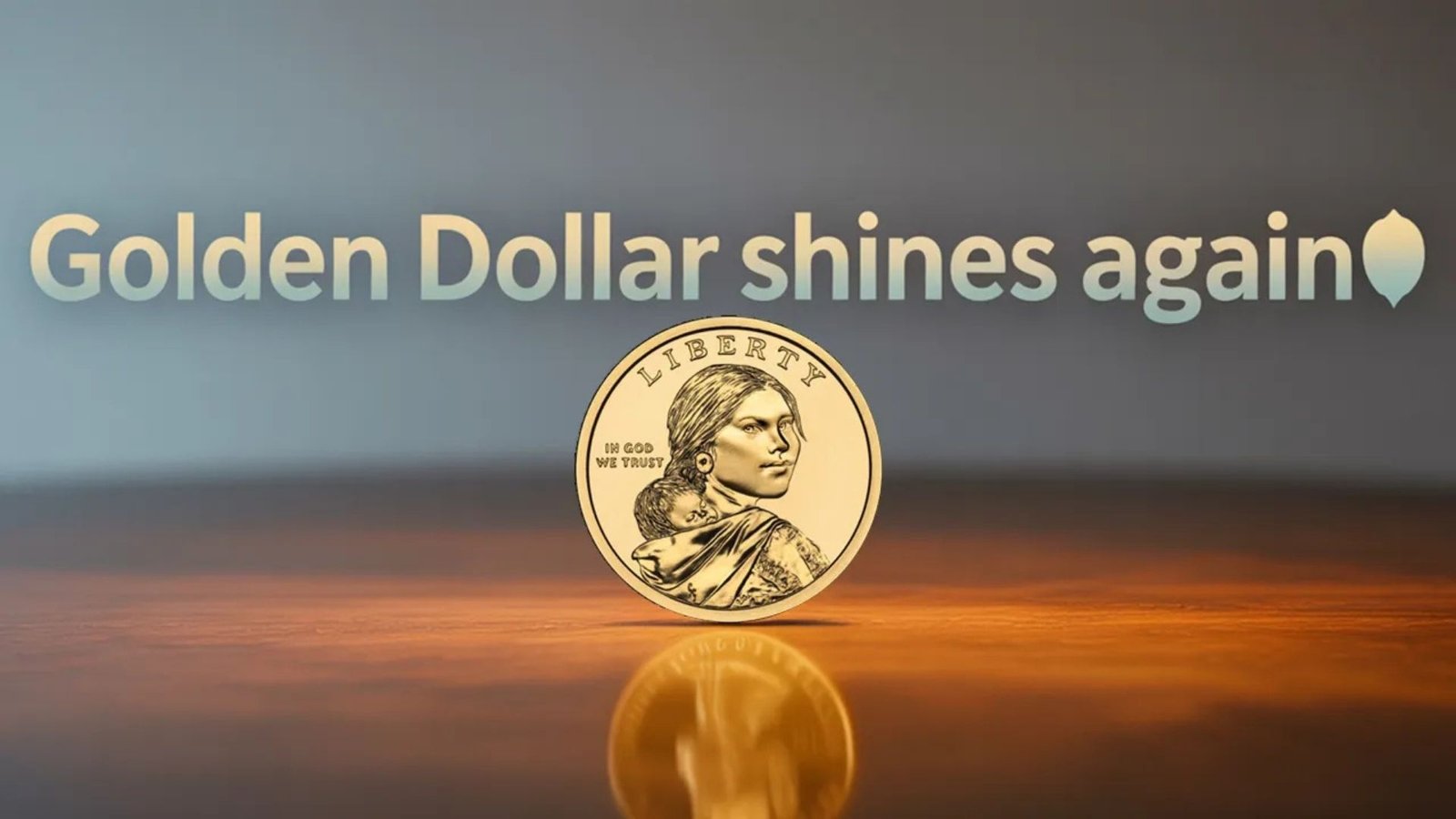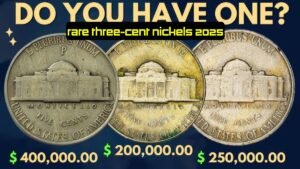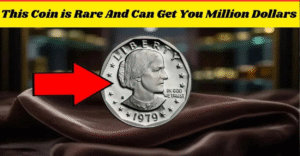Imagine holding a coin that glowed like gold, carried the face of a Native American heroine, and promised to revolutionize the way Americans used money. The Sacagawea Golden Dollar, introduced in 2000, wasn’t just another coin—it was a daring experiment that revealed how culture, design, and practicality collide in U.S. currency history. But why did this ambitious coin become both a celebrated icon and a cautionary tale? Let’s uncover the story.
What Is the Sacagawea Dollar?
The Sacagawea Dollar is a U.S. one-dollar coin with a distinctive golden color, featuring Sacagawea, the Shoshone guide of the Lewis and Clark expedition. Its reverse displayed a soaring eagle (later replaced with rotating Native American themes). Unlike silver or copper coins, its unique alloy gave it a golden sheen, making it instantly recognizable.
The Bold Origins of the Golden Dollar
The story began in the late 1990s when the U.S. Mint sought to replace the unpopular Susan B. Anthony dollar, which too closely resembled a quarter. Lawmakers wanted a coin that was both visually distinct and symbolically powerful. Sacagawea was chosen for her historic role and cultural significance, marking the first Native American woman on U.S. currency. The coin debuted in 2000 with immense fanfare, even promoted through General Mills cereal boxes as part of a nationwide launch.
Why the Sacagawea Dollar Was Important
The coin symbolized more than money—it was a cultural statement. By featuring Sacagawea carrying her infant son, Jean Baptiste, it honored Native American contributions while presenting a softer, family-oriented image. It was also practical: its golden color, smooth edge, and manganese-brass alloy were designed to avoid confusion with quarters. Collectors and educators hailed it as groundbreaking, but the public response was mixed.
Comparing Sacagawea to Other U.S. Dollar Coins
| Coin Type | Years Minted | Key Design Feature | Public Reaction |
|---|---|---|---|
| Morgan Silver Dollar | 1878–1921 | Lady Liberty / Eagle | Highly popular, collectible |
| Susan B. Anthony | 1979–1999 | Feminist icon portrait | Unpopular, confused with quarter |
| Sacagawea Dollar | 2000–Present | Native American woman | Praised, but rarely used |
| Presidential Dollar | 2007–2016 | U.S. Presidents | Collector appeal, limited use |
Surprising Facts About the Sacagawea Dollar
- The coins are not made of gold but a copper core with manganese brass cladding.
- A rare 2000-P Sacagawea struck on a state quarter planchet can sell for thousands.
- Some Sacagawea coins were struck with experimental “Cheerios Dollar” patterns, now worth big money to collectors.
- Circulation was low, but the coin remained popular among collectors and vending systems.
Tips for Collectors and Hobbyists
- Look for Errors: Double strikes, wrong planchets, or unusual edge lettering can boost value.
- Search for Cheerios Dollars: Special versions distributed in 2000 cereal boxes have sharper tail feather details and can sell for over $5,000.
- Store Properly: Keep golden dollars in protective holders to avoid tarnish.
- Check Mintmarks: Early “P” and “D” issues are common, but some low-mintage Native American dollar reverses are rising in value.
FAQs About the Sacagawea Golden Dollar
Q: Is the Sacagawea dollar real gold?
A: No, it only has a golden-colored alloy.
Q: Are Sacagawea dollars rare?
A: Most are common, but error coins and Cheerios Dollars are highly collectible.
Q: Can you still use Sacagawea dollars in circulation?
A: Yes, they remain legal tender, though rarely seen in everyday transactions.
Conclusion: The Legacy of America’s Golden Dollar
The Sacagawea Golden Dollar was more than a coin—it was an experiment in design, symbolism, and practicality. While it never fully replaced the dollar bill, it remains a bold reminder of how currency reflects history and identity. Whether sitting in a collector’s case or tucked away in a coin jar, the golden dollar continues to shine as one of America’s most fascinating monetary stories.




